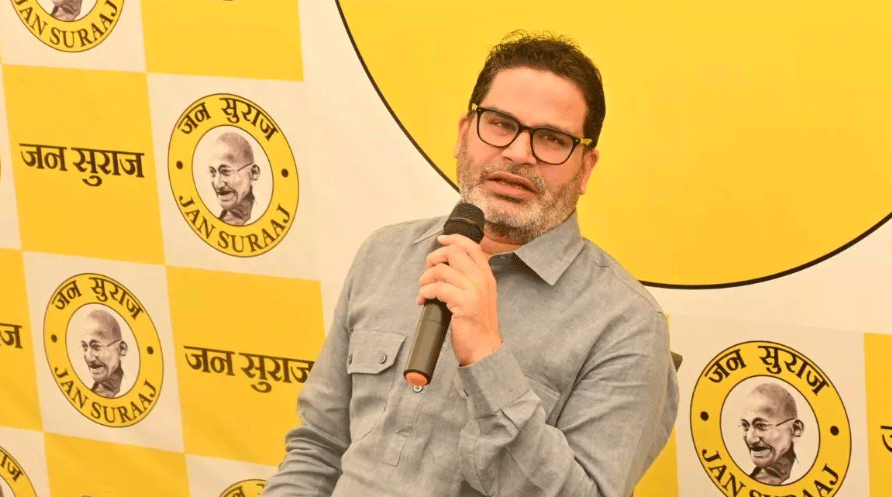Patna: The political narrative in the upcoming Bihar Assembly elections, scheduled in two phases on November 6 and 11, has moved beyond the traditional bipolar contest between the National Democratic Alliance and the Mahagathbandhan.
A distinct third force, primarily centered around election strategist-turned-politician Prashant Kishor’s Jan Suraaj Party, is poised to become a significant, potentially decisive, factor in numerous constituencies.
For nearly three decades, Bihar’s elections have been dominated by two major coalitions. However, the Jan Suraaj Party, which is contesting its first election, has managed to shift the discourse by focusing on non-traditional issues like employment, education, and migration, challenging the established caste-centric politics.
While the party’s overall seat tally is uncertain, its presence is widely considered an X-factor that could tilt the balance in close races. Poll watchers suggest that in constituencies with thin margins—where the difference was between 5,000 and 10,000 votes in the last election—Jan Suraaj candidates are expected to act as a spoiler for both major alliances.
Political analysts indicate that Jan Suraaj candidates fielding against the Rashtriya Janata Dal-led Mahagathbandhan’s core Muslim-Yadav support base or the NDA’s upper-caste segments could siphon off critical votes. For instance, in the Magadh region, the party is expected to significantly impact the final outcome in at least half a dozen seats. In some areas, its candidate selection has made contests unexpectedly close for long-standing incumbents.
Beyond the Jan Suraaj movement, various smaller, caste-based parties within the main alliances are also asserting their role as crucial kingmakers.
The Communist Party of India (Marxist–Leninist) Liberation (CPI(ML)L), which had a strong showing in 2020, remains a vital force, particularly among the landless poor and marginal farmers. The Vikassheel Insaan Party (VIP) is also part of this bloc.
Jitan Ram Manjhi’s Hindustani Awam Morcha (Secular) (HAM(S)) and Upendra Kushwaha’s Rashtriya Lok Morcha (RLM) command important caste-specific votes. Chirag Paswan’s Lok Janshakti Party (Ram Vilas) also returns to the NDA fold as a key partner, especially in areas with a significant Paswan vote share.
The ability of the two major alliances to manage internal cohesion and ensure vote transfer from their smaller partners will be a defining aspect of the election.
This prominence of smaller, regional forces like Jan Suraaj underscores a growing appetite among the electorate for an alternative political vision beyond the two entrenched power structures, potentially leading to a highly fragmented result.


